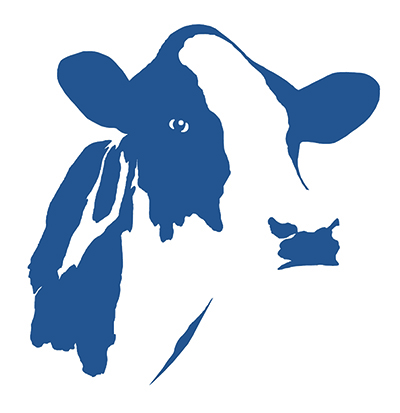
New Style Gold Cup Names Six Finalists
Finalists in the 2017 NMR/RABDF Gold Cup competition have been announced and include two block calving grassland-based herds, two high-production Holstein herds, a Channel Island herd and a grass-based block calving herd milked once-a-day. This line up reflects the competition’s new remit, which includes entries from the wider range of management systems and businesses that better reflect today’s UK dairy sector.
The 2017 Gold Cup finalists are:
• Thomas Dickinson, Scaftworth, South Yorkshire
• Chris and Rich Norman, Pembridge, Herefordshire
• David Williams, Northop, Mold, Clwyd
• Darren and Stuart McMurran, Banbridge, Northern Ireland
• James Tomlinson, Bilsborrow, Lancashire
• Andrew Giles, Glasbury on Wye, Herefordshire
The judges – RABDF chairman and south Gloucestershire-based producer Mike King, NMR’s Jonathan Davies, Alvis Bros’ Nick Green, and Leicestershire-based producer and dairy consultant Gaynor Wellwood – will select a winner following their on-farm inspection.
“We are looking at the whole dairy business and at how each unit takes advantages of the farm’s resources,” says Mike King. “How they integrate technical, business and people management skills is important, as well as their contribution to environmental management of the farm and their involvement in the local community. These are factors that apply to all progressive dairy units, regardless of the system.”
The winner and runner up, who receives the NMR Silver Salver will be announced at the RABDF’s Dairy-Tech event, at Stoneleigh Park on February 7, 2018.
Routes to entry have changed for the 2017 Gold Cup. As well as entries from herds with official milk records that met specific criteria for milk production, somatic cell count and genetic merit, the spring calving index, that also appears on the herd’s milk records, was considered if applicable.
In addition, herds could be nominated for entry to the Gold Cup by regional and national discussion group leaders and specialised grazing groups. These herds did not have to have official milk records, but were expected to have recording protocols in place.
Holstein UK E-Newsletters
| View previous Holstein UK E-Newsletters |
|---|
| 2023 |
| 2022 |
| 2021 |
| 2020 |
| 2019 |
| 2018 |
| Sign up to receive e-newsletters from Holstein UK
|
Do you have any news?
Let us know if you have something to share
Club News
